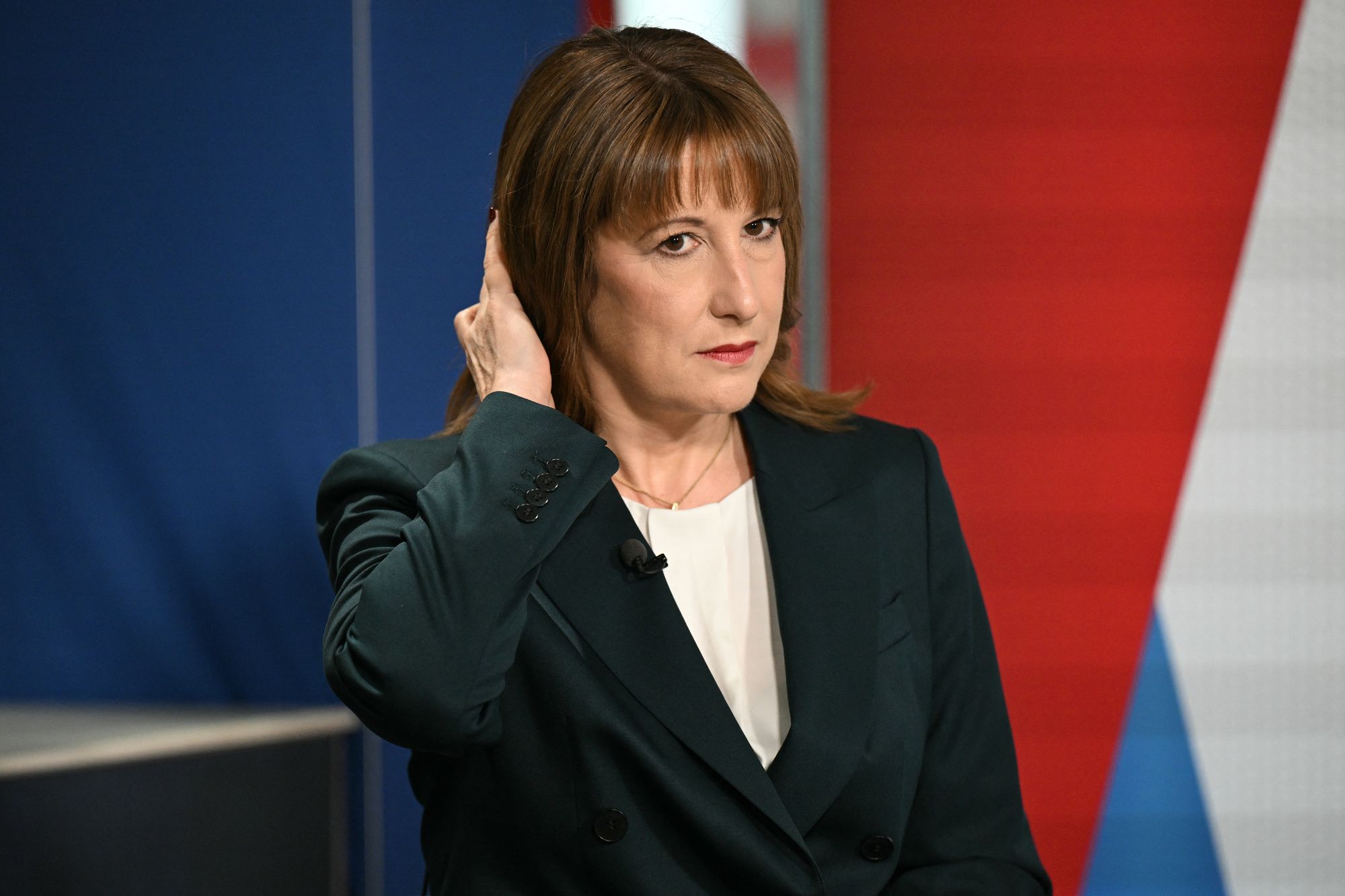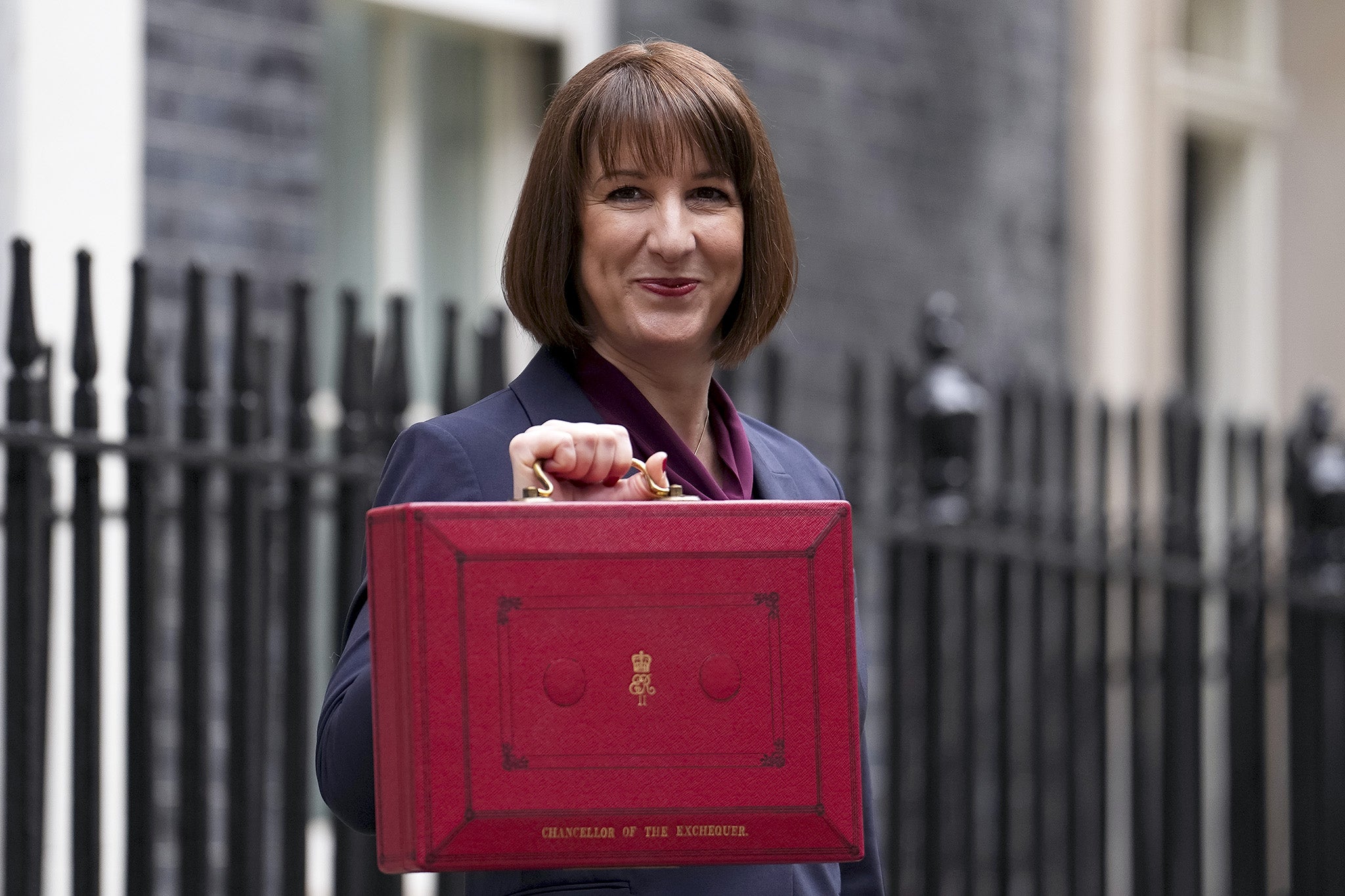Rachel Reeves has warned of “harder” choices to come ahead of Labour’s Autumn Budget as she made her main stage address at the party’s conference in Liverpool.
Further tax rises are now widely expected at the crunch fiscal event, as the chancellor looks to counteract the country’s ailing economic performance.
Government borrowing in August was the highest in five years, official figures revealed. While tax receipts had increased following Labour’s first Autumn Budget, the rises were offset by higher spending on public services, benefits and interest on debt, the Office for National Statistics (ONS) said.
Economists have predicted the chancellor may need to find as much as £40bn at the fiscal event.

Speaking on Monday, Ms Reeves doubled down on Labour’s commitment not to raise taxes on “working people” – meaning no rise to the headline rate of income tax, national insurance or VAT.
As with last year’s event, this means the Treasury will need to consider more roundabout ways to raise vital revenue while also trying to bolster Labour’s dropping popularity.
Speaking to delegates, Ms Reeves said: “In the months ahead, we will face further tests, with the choices to come made all the harder by harsh global headwinds and the long-term damage done to our economy, which is becoming ever clearer.
“Our first year in power was about fixing the foundations. Our second must be about building a renewed economy for a renewed Britain.”
Here are some of the options the chancellor may be considering ahead of the Budget on 26 November:
Tweaking VAT
While Ms Reeves has said that Labour’s commitment on VAT still “stands”, the passive language has led to some speculation that she may be looking at some kind of increase to the tax.
It is unlikely that the chancellor will raise the headline rate of VAT, which is currently charged at 20 per cent on most products and services. The levy is generally passed on to customers, and given recent warnings over living standards and inflation, it would mean more difficulty for already struggling households.
A different route the chancellor could take – arguably still in line with Labour’s commitments – would be to make the rate of VAT uniform.
Food is one of the more complicated areas for the tax, with products like confectionery, hot food and ice cream attracting standard VAT, while meat, vegetables and juice do not.
This was a measure recently backed by the Institute for Government (IfG), which pointed to an ongoing case where a tribunal found that giant marshmallows should not be liable for standard VAT because being unlikely to ‘normally be eaten with the fingers,’ they should not be considered confectionery.
Stamp duty and council tax, overhauled
Ambitious plans are reportedly under consideration to replace both stamp duty and council tax with two new ‘land taxes’ that could arguably be more fair.
Replacing stamp duty would be the ‘national’ land tax – a new levy on the sale of a property when it is worth above £500,000. This levy would be proportionate to the property’s value, and paid at a rate set by HMRC.

It would be payable by the new owner of the property, only on the amount above £500,000.
The second part of the plan would see council tax replaced with a new ‘local property tax. This would be calculated relative to the property value paid by the owner, and at a rate set by each local authority.
The report on which the plans are reportedly based argues that the tax should be levied on values up to a cap of £500,000. This would ensure that the richest areas are not able to set far lower rates than those with less valuable properties.
This would address a key criticism of the council tax system – that how properties are valued is unfair and inaccurate. The ‘band’ of council tax that all properties pay is based on values last evaluated in the 1990s, which have become drastically outdated in many places.
The local property tax concept would instead see tax liable on properties based on their value at the last point they were sold, meaning valuation would be regularly updated.
Mansion tax
In the UK, capital gains tax is payable on the sale of most high-value assets. This includes property, stocks and possessions worth over £6,000.
Under current rules, a homeowner does not generally need to pay capital gains tax on the sale of a property which has been their primary residence during the time they have owned it.

This would change under the proposed plans when the value of the property of the house being sold is worth £1.5 million or more, although this threshold is said to be under consideration.
The way capital gains tax works for property sales sees sellers required to work out the “gain” they have made on the asset. This is usually the difference between what they paid for the property and the amount they sold it for.
If this is above, or takes the seller above, their capital gains tax allowance – £3,000 every year – they will need to report and pay the tax.
For higher or additional rate income tax payers, the rate is 24 per cent. For those on the basic rate, it’s 18 per cent.
Changes to pension tax
Another lever Ms Reeves could pull is changes to pension policy, which may aim to pull some funds from wealthier retirees.
Analysts at LCP, including former pensions minister Steve Webb, have warned against the move, sharing their view on how the chancellor could seek to change pensions.
One of the most widely speculated is a cut to the higher rates of pension tax relief. This is the policy that effectively boosts savers’ contributions with a top-up from HMRC.
Savers who pay basic rate tax get a 20 per cent boost to their pension contributions, while higher rate taxpayers get 40 per cent and additional rate earners get 45 per cent.
The scheme effectively ensures that no tax is paid on pension contributions. It is designed to encourage people to save more for retirement, as income that would be taxed as wages can instead go virtually untaxed as pension deposits.
The rumoured proposal would see this relief cut back for high earners, meaning everyone gets pension tax relief at a flat rate of 20 per cent, regardless of their income tax bracket.
A report from the IFS last year found that this would create £15 billion more a year for the exchequer, “the vast majority of which would come from those who are in the top fifth of earners.”
